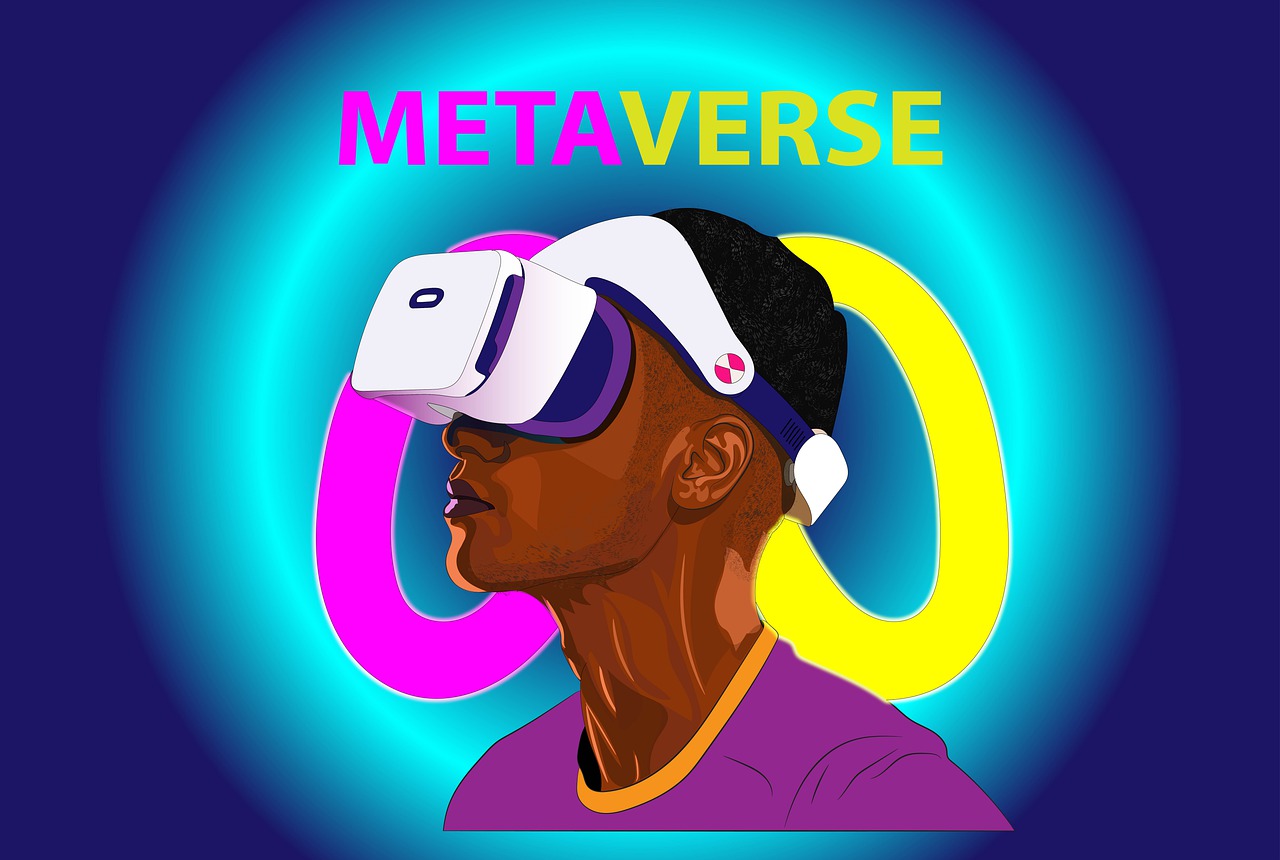Metaverse companies with a go-to-market — GTM — strategy based on centralized, Web 2 approaches may need to tear out huge chapters of that gamebook, according to Maggie Hsu, writing in Andreessen Horowitz’s A16z blog.
Hsu, who is a partner at Andreessen Horowitz and leads the crypto portfolio’s go-to-market, writes that Web 3, which is defined as internet owned by the builders and users, orchestrated with tokens, needs a new GTM playbook. Tokens and new organizational structures change everything, writes Hsu, who previously led go-to-market for Amazon Managed Blockchain at Amazon Web Services.
Hsu writes: “While some traditional customer acquisition frameworks are still relevant, the introduction of tokens and novel organizational structures such as decentralized autonomous organizations (DAOs) requires a variety of go-to-market approaches.”

Go-to-market metaverse strategies are centered on how companies acquire customers, from gaining awareness to creating and retaining customers. For traditional web businesses, this was a fairly linear process, Hsu writes.
“Traditional web2 go-to-market therefore attacks the cold-start problem through this very linear lens of customer acquisition, encompassing areas such as pricing, marketing, partnerships, sales channel mapping, and sales force optimization,” Hsu writes. “Success metrics include time to close a lead, site click-through rate, and revenue per customer, among others.”
“What these organizations do need is a clear purpose that defines the reason they exist. What is the problem that they uniquely are trying to solve?”
Tokens are a profound innovation in the marketing model that supercharges network effects. Tokens, not advertisements, bring in early users and contributors.
“Not only are those early users evangelists who bring more people into the network (who would like to similarly be rewarded for their contributions), but this essentially makes early users in web3 more powerful than the traditional business development or salespeople in web2,” writes Hsu.
Web 3 also features innovative organizational structures — centralized vs. decentralize, token vs. token — that alter that go-to-market gamebook.
One example of this disruption is that companies that are decentralized and use tokens may find that their GTM playbook. So that they rely less on products and technical foundation. Although still important — and more on community and purpose, Hsu points out.
Hsu writes: “What these organizations do need is a clear purpose that defines the reason they exist. What is the problem that they uniquely are trying to solve? This also means more than just raising money based on a white paper and founding team. It means having a strong community — not just being “community-led” or “community-first”. But also being community-owned — blurring the distinction between owner, shareholder, and user. What allows for long-term success in web3 is clear purpose. Having an engaged and high-quality community, and matching the right organizational governance to that purpose and community.”
The Go-To-Market equation here, then, isn’t product+customers, but purpose+people+governance.
“The biggest mindset shift is moving from planning to something more like gardening.”
Not all early internet GTM models will be canceled. There will be some hybrid models, too. For example, Hsu suggests that in the Web 3 businesses based on centralization and no-token — for example, Coinbase and Alchemy — there will be more opportunities to use old GTM approaches.
“There is significant overlap in go-to-market strategies between web2 and web3. Especially in the areas of SaaS and marketplaces,” Hsu writes.
Entrepreneurs should expect the go-to-market models to be, just like the Metaverse, fluid and disruptive.
“The key difference to remember is that the goals, growth and success metrics of web2 and web3 are often not the same. Builders should start with a clear purpose, grow a community around that purpose, and match their growth strategies and community incentives — and with them, the go-to-market motions — accordingly,” Hsu writes. “We will see a variety of models emerge, and look forward to observing and sharing more here.”
Overall, Hsu adds that entrepreneurs should be ready to challenge their pre-conceived notions. It may be less “go-to-market” and more “go-to-the-farmers-market.”
Hsu adds, “The biggest mindset shift is moving from planning to something more like gardening.”
You can read more about the GTM strategies for the Metaverse here.
For more market insights, check out our latest Digital Twin news here.













